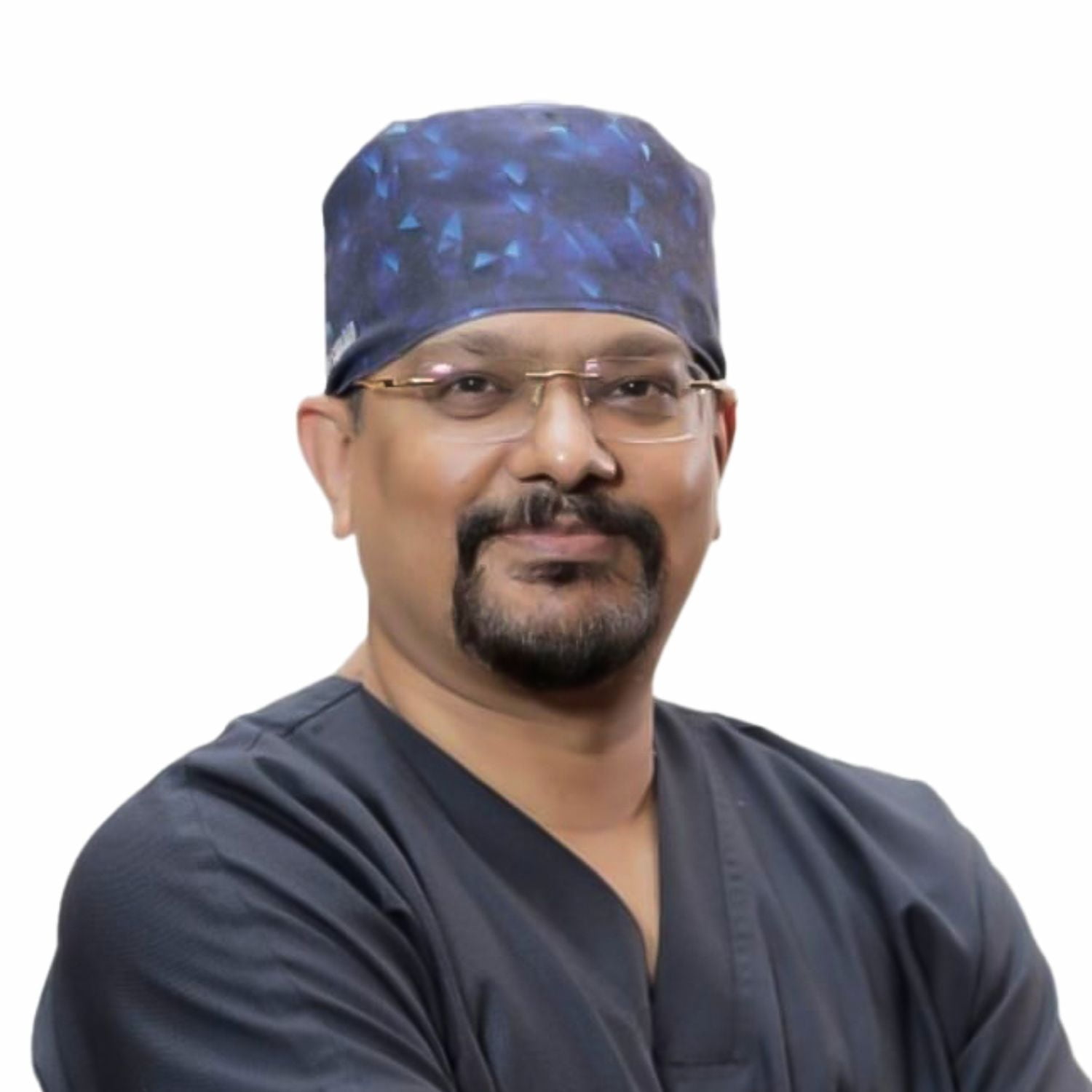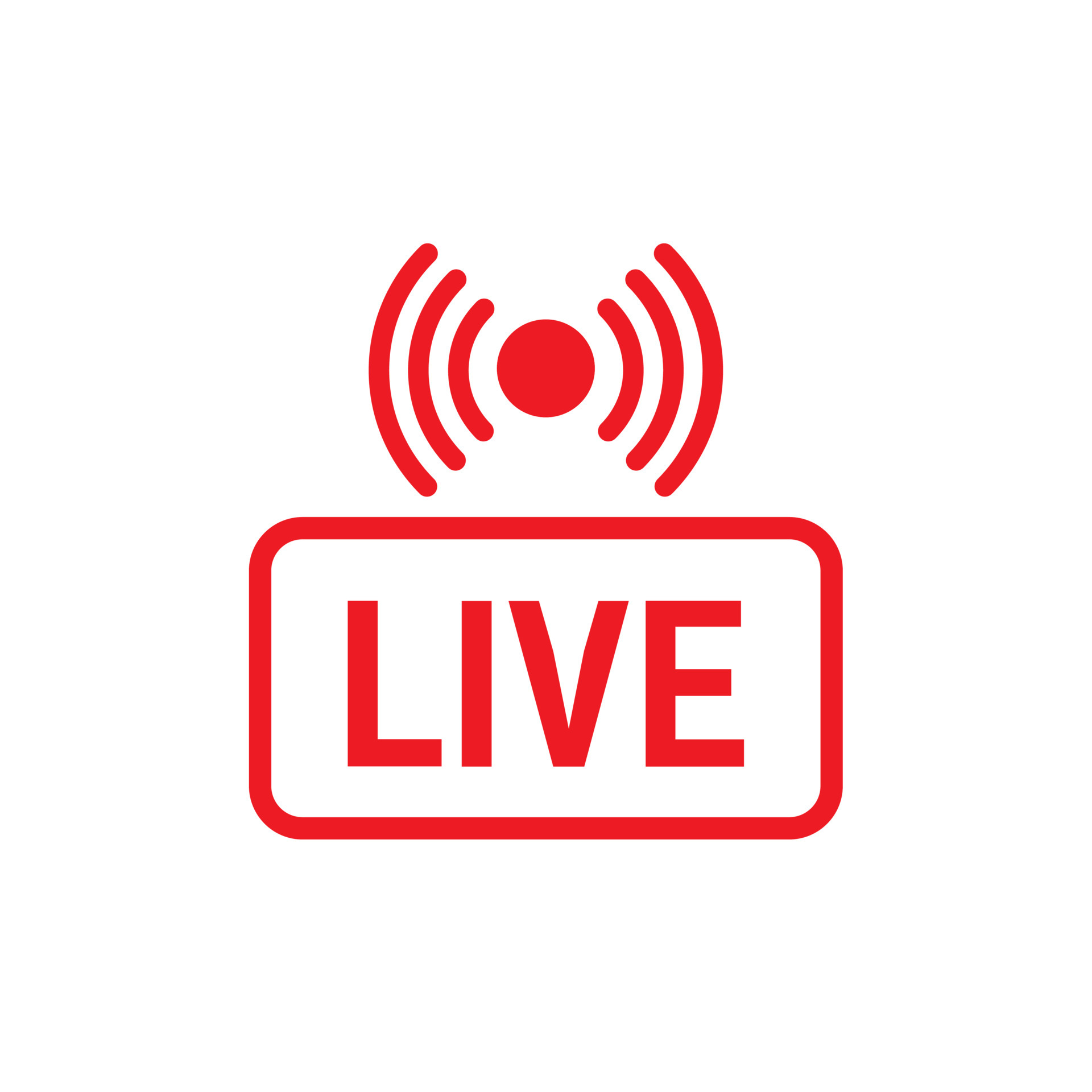Surgery in heart failure
Heart failure is the inability of heart to pump blood efficiently due to the presence of prolonged diseases that may have caused weakening of the heart muscles. In heart failure the heart doesn’t stop completely but the pumping action of heart is not as efficient as it needs to be. The cause of heart failure can be due to the presence of diseases like high blood pressure, improper valve formation, previous heart attack or combination of any.
| Heart failure paradox The striking improvements in the prognosis of individual cardiac conditions, such as ACS (acute coronary syndrome), severe hypertension, valvular and congenital heart diseases, but a growing prevalence of HF (heart failure) |
Heart failure cannot be cured completely but treatment can be given to improve the condition and prevent it from worsening. With coming time the treatment of heart failure has evolved from no treatment to surgico-medical treatment.
| Evolution of heart failure No Treatment↓Medical Treatment↓Medico surgical Treatment↓Surgico medical Treatment |
Classification of heart failure:
Medical treatment mortality rate
- Class I/II: 5-10% Mortality per Year
- Class III/IV
–40% Mortality @ 1 Year
–80% Mortality @ 2 Years
- Class IV: 60% Mortality @ 1 Year
Due to high mortality rate with only medical treatment to treat heart failure your cardiac surgeon may opt for a surgical method along with medications, depending on the severity and cause of the damaged heart. We here, at CIMS hospital, Ahmedabad, Gujarat have numerous surgical procedures for the treatment of heart failure, lead by one the most experienced and best cardio thoracic/ cardiac surgeon Dr. Dhiren Shah. He has performed more than 12000 successful heart surgeries.
The different surgical procedure used depends on the cause of heart failure:
- Coronary bypass surgery (CABG)
- Angioplasty
- Valvular heart surgery
- Pacemakers
- AICD (Automatic Implantable Cardioverter Defibrillator)
- CRT (Cardiac Resynchronization Therapy)
- CRT-D (Cardiac Resynchronization Therapy Device)
- Heart transplant
- LVAD (Left Ventricular Assist Device) / Artificial heart
- Surgical ventricular restoration (SVR)
- When the cause of heart failure is due to blockage of an artery
The blockage of an artery is one of the most common causes of heart diseases. The blockage of the artery is due to buildup of cholesterol or fatty deposits (plaques) in the artery. The buildup of cholesterol and fatty deposits in the artery is termed as atherosclerosis (hardening or clogging of arteries). To treat heart failure with blocked artery CABG or angioplasty can be done. Dr. Dhiren Shah at CIMS hospital, Ahmedabad, Gujarat perform around 30% cases of blocked artery per year at CIMS hospital.
Coronary bypass surgery (CABG)
In coronary bypass surgery the blocked coronary artery is replaced with a healthy artery or vein from the patient itself. The replaced artery or vein after coronary bypass surgery (CABG) helps in restoring the normal blood supply, oxygen and nutrients to the heart muscle.
Coronary bypass surgery or coronary artery bypass grafting (CABG) is a surgical procedure done for significant narrowing or blockage of the artery. The new graft used is from the patient itself. The graft used are either artery from the arm (radial artery) and chest (internal thoracic artery) or vein from the leg (saphenous vein).
Angioplasty
Angioplasty is a minimal invasive procedure done to restore normal blood flow to the blocked/ clogged arteries.
In angioplasty a deflated balloon is passed and placed at the affected site. The balloon is then inflated to open up (widen) the clogged artery.
Angioplasty helps in reducing the chest pain and minimize the damage to heart muscles that occurs after a heart attack.
- When the cause of heart failure is due to valve defect.
The presence of valve defects makes the heart function harder resulting in less blood supply to the body. The cause of heart valve disease can be congenital (present since birth), age related, rheumatic fever or infection. Heart valve surgery is done to correct the leaky valves. Here, at CIMS, Gujarat Dr. Dhiren Shah along with his expert team have performed 70% successful valve surgeries.
Valvular heart surgery
Valvular heart surgery is done either to replace or to repair the damaged heart valve. There are four main valves in our heart. When either of the 4 valves gets damaged or is not able to function properly due to the presence of any disease it might require surgical interventions to either repair or replace it.
The Valvular heart surgery helps in restoring the normal function of the heart valves.
- When failing heart needs support to maintain its function
Post heart failure there might be irregularities in the heart rhythm. The irregularity in the heart rhythm is because of the inefficient pumping of the heart muscles. To maintain the normal rhythm and pumping of heart various cardiac devices are available to support the failing heart:
Pacemakers
Pacemaker is a small device used to control heart rhythm.
Pacemaker is either placed in the chest or abdomen to control arrhythmias by sending an electric pulse to prompt heart to work at normal rhythm.
AICD (Automatic Implantable Cardioverter Defibrillator)
AICD or implantable cardioverter defibrillator is used to prevent cardiac arrhythmias, the improper beating of the heart.
AICD is a small device that is implanted in the chest to monitor abnormal heart rhythm and prevent life threatening condition by performing cardioversion, defibrillation or pacing of the heart.
CRT (Cardiac Resynchronization Therapy)
CRT or Cardiac Resynchronization therapy coordinates the function of left and right ventricles.
Due to heart failure when both the ventricles are not able to contract at the same time, CRT helps in the treatment.
CRT-D (Cardiac Resynchronization Therapy Device)
Cardiac Resynchronization therapy device sends impulses to the both chambers of heart for its normal functioning.
CRT-D works as a pacemaker by maintaining the heart rhythm and send electrical impulses to both ventricles so they contract at the same time.
- When the heart is damaged enough that surgery or medications may not help.
Recurring heart attacks or presence of comorbidities results in severe damage of the heart muscles. In such severe conditions medications and surgical interventions are not enough, patient requires an artificial heart or heart replacement for normal functioning.
Heart transplant
Heart transplant is done when all other treatment including medications and surgical procedure fails.
Heart transplant is a procedure done to replace a failing or diseased heart with a healthy working heart. Dr. Dhiren Shah with his team of expertise have performed first successful heart transplant in Ahmedabad, Gujarat at CIMS hospital, followed by 8 successful heart transplants.
LVAD (Left Ventricular Assist Device)/ Artificial heart
LVAD or ventricular assist device or artificial heart is a device used to replace the failing function of the heart.
LVAD is an electromechanical device which replaces the function either completely or partially of a failing heart by maintaining the cardiac circulation. It is used in cases where heart transplant is not possible.
- When cause of heart failure is aneurysm after a heart attack
After a heart attack in left ventricle a scar maybe formed, which causes thinning and bulging (aneurysm) of the scarred area. The aneurysm causes inefficient pumping of the heart. To regain the normal pumping action of the heart the surgical ventricular restoration is done.
Surgical ventricular restoration (SVR)
Surgical ventricular restoration or aneurysm repair surgery is done to treat the enlarged portion of heart after a heart attack. With the help of surgical ventricular restoration the aneurysm can be corrected and make the heart pump blood efficiently.

